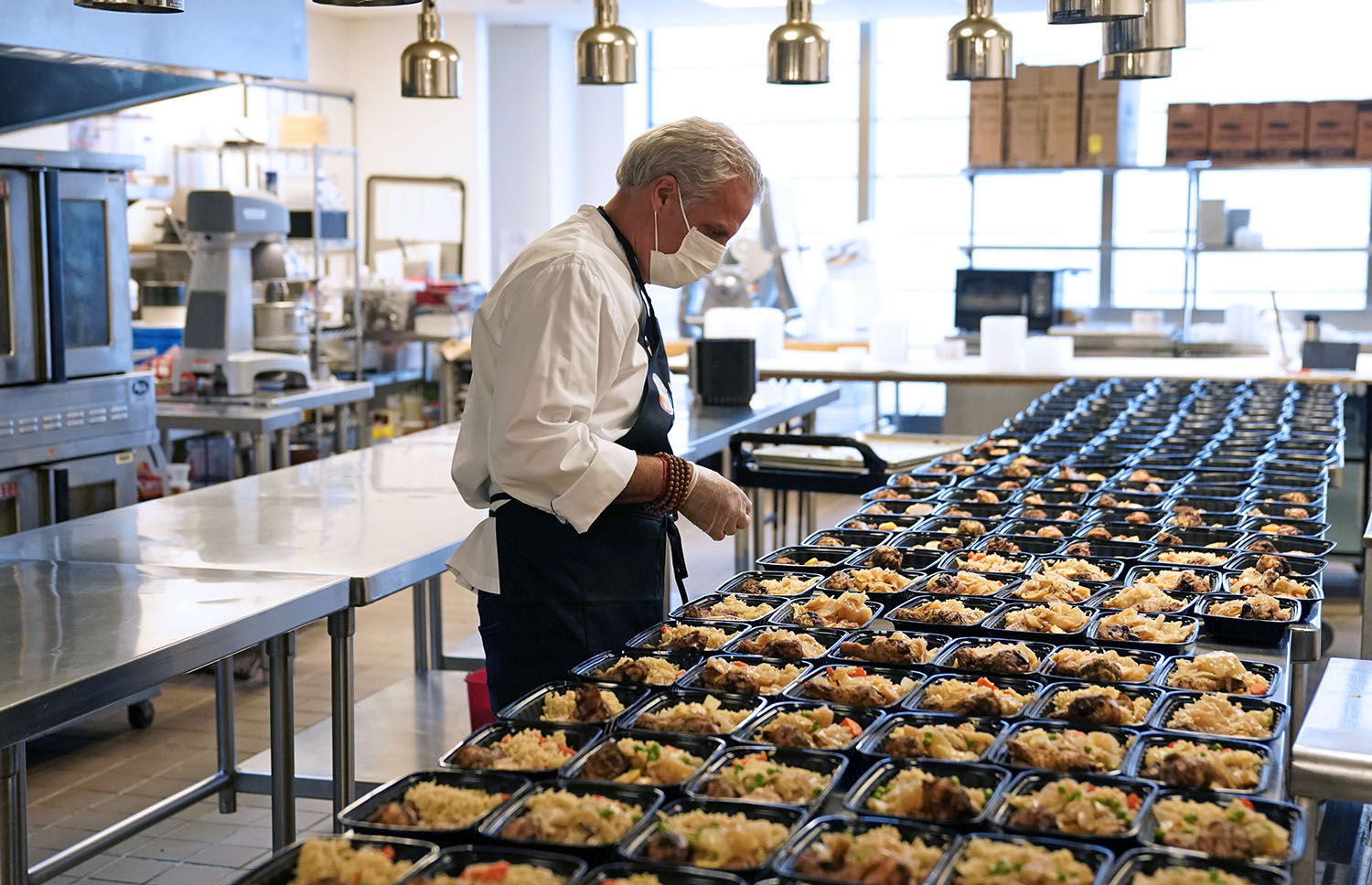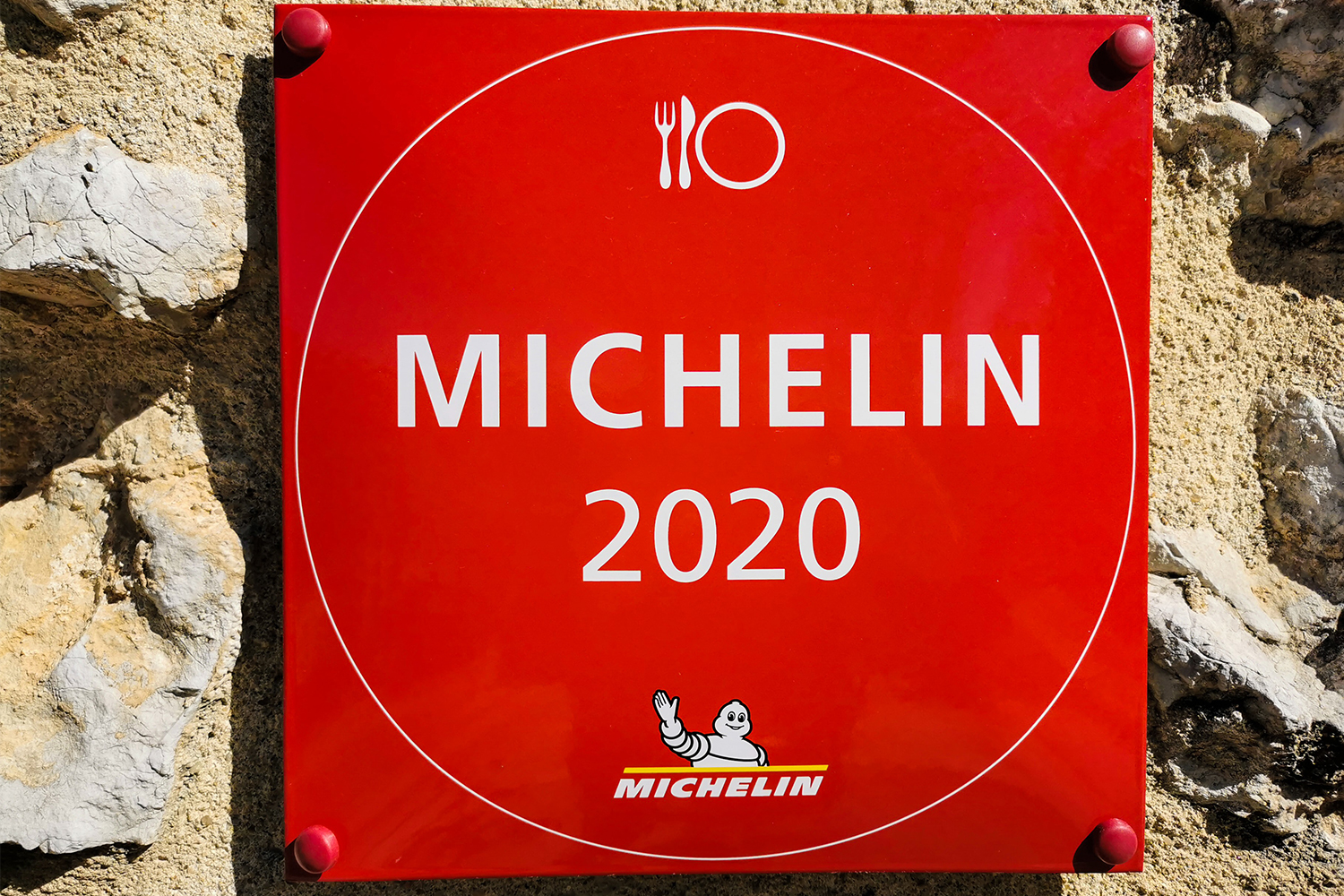Every business in America has taken a beating this year, but COVID-19 saved the most sadistic licks for our restaurants and bars. In March and April alone, nearly half of the 12.2 million people employed in the Food Services and Drinking Places subsector lost their jobs, according to the U.S. Department of Labor. Those numbers have been trending back up since May, but the layoffs, closures, and associated hardships wrought by the pandemic have had an irrevocable effect on the industry. The prospect of a permanent return to “normal” has lost its early-days sheen of inevitability.
As establishments scramble to adapt and hold out hope for federal support, the people paid to tell us where and what to eat are experiencing a collective crisis of conscience. The coronavirus fallout has food critics rethinking their obligations, both moral and vocational, and how their clout can be deployed as a form of emergency aid.
“I don’t know of any restaurant critic in America writing reviews that focus on fault-finding while the industry is in freefall,” says Bill Addison, who covered the national beat for Eater before joining the Los Angeles Times in 2018. “Now is the time to document what’s unfolding, rather than assert [a] value judgment.” Since March, he and colleague Patricia Escárcega have used their column inches to highlight takeout options and address the concerns of L.A.’s food-service workers; peers foreign and domestic are doing the same.
As the priorities of culinary discourse shift, one of its most persistent debates has new wrinkles, too. The tradition of critic-bestowed ratings — stars, letter grades, numeric scales — has inspired close to a century of epicurean hand-wringing. We’ve never reached a consensus on the practice, pre-pandemic; will it serve any purpose at all in a post-COVID world? People, you’ll be shocked to learn, have varying opinions on the matter.
To be clear, the efficacy of “scoring” a subjective experience has never been, and will never be, of serious import. Considering the ordeal the industry is enduring, claiming anything to the contrary would be remarkably aloof. But just as a set of stars stands in for more expansive analysis, thinking about how we’ll assess dining on the other side of COVID can serve as shorthand for a deeper conversation about the function, and future, of food journalism.
There are two schools of thought when it comes to ratings. In one sense, critics are consumer advocates, advising the public how to spend; an easy-to-digest visual can convey value better than prose alone. “Restaurant criticism is meant to be service journalism, and a number or star rating provides a service to the readers,” says writer and recipe developer Aaron Hutcherson. “But I think when those numbers are taken out of context, there can be a lot lost in translation.”
That’s the worry among those opposed, who believe distilling a nuanced experience into a smattering of symbols circumvents subtlety, doing a creative disservice to critics and their subjects alike. “[Readers] today hunger for more than just food when it comes to dining out,” says writer and host Marisel Salazar. “The finer details are a part of the decision-making process for some. You don’t get that from just a rating.”
Salazar is a contributing columnist for the Michelin Guide, the little red book largely responsible for popularizing restaurant ratings. Introduced in France 120 years ago, the publication’s anonymous inspectors began assigning stars in 1926, gradually expanding into more than 30 countries, including the U.S. in 2006. But America was already well-versed by that point, thanks to New York Times critic Craig Claiborne, whose own star rubric, introduced in the early 1960s, was replicated by publications around the nation.
Three Michelin stars is one of the most prestigious honors a restaurant can earn. Or at least it was until a few months ago, when the pandemic exposed the fragility of the ecosystem such commendations laud. COVID stripped away the artifice separating our shrines of haute cuisine from our mom-and-pop locals, reminding us that they’re one and the same: small businesses with short runways, volatile cash flow, vulnerable employees and few contingencies against disaster.
It’s difficult to think of anything less consequential than Michelin’s approval at this juncture, but instead of falling back, Le Guide has leaned in. It will proceed with the release of its 2020 guide to California, based on pre-pandemic dining, even as multiple starred establishments have reimagined operations, temporarily closed, or permanently shuttered. “Don’t worry, a Michelin Star, and all our award distinctions, will mean the same in 2021 as they always have,” international director Gwendal Poullennec assured in a statement.
Not everyone agrees. New York Times critic Tejal Rao, who does not affix stars to her reviews, criticized Michelin’s decision to publish its California guide as “a grotesque and delusional farce.” Salazar feels Michelin leadership must eventually contend with the reality that its assessments will be consumed differently moving forward. “Fine dining will have to change, and so will the meaning of the stars,” she says. “The ratings environment that existed pre-pandemic is no longer, so it is incomprehensible to hold any restaurant to the same standard.”
While old-guard stalwarts like Michelin hold steady, newer critical hubs are taking action. In June, The Infatuation announced the removal of 1-to-10 numeric ratings from all reviews hosted on the platform. “The pandemic was certainly the catalyst for making this decision,” says Hillary Reinsberg, editor in chief of the restaurant recommendation site, which averages 5 million users a month. “It had to do with the moment that we were in. But it also had to do with thinking about the future.”
While still in use, The Infatuation’s scores were determined by its individual contributors, not based on any quantitative checklist, but on “the conviction of how strongly we recommend[ed] a place,” says Reinsberg. “It was about putting things on a scale to make decisions.” While users are no longer able to factor ratings into their dining choices, Reinsberg believes the tweak increases the utility of the site’s editorial content. “I don’t think our readers came to us or stuck with us just because of the ratings,” she says. “It was about the writing, and the trust they have in our writers.”
The decision is also a means of remolding the fundamental perception of The Infatuation in the eyes of the industry, as less of an arbiter of value than an across-the-board booster of all establishments fighting to stay afloat. “This is a long process of change and evolution, with a lot of heartbreaking closures,” says Reinsberg. “We’re just trying to adapt to the moment we’re in, and hopefully help out restaurants where we can.”

As outlets like the Michelin Guide and The Infatuation address today’s challenges on an international level, America’s regional print critics are examining the impact of their work in their local markets. When Craig LaBan joined The Philadelphia Inquirer in 1998, he instituted a system of 1 to 4 “bells,” a nod to the most-recognized landmark of the city. “It was another entry point into the review,” he says. “What’s the difference between good, great, exceptional, and magical? [Ratings] help you come to the closest conclusion.”
While LaBan echoes Addison’s refusal to spread negativity in this climate (“If I have a really disappointing takeout meal, I’m just going to chalk it up to the circumstances”), he does anticipate ringing his bells again post-pandemic. “They seem very frivolous right now,” he says. “If somebody says you’ll never rate another restaurant, OK, no big deal. [But] I can’t wait to give another bell. It’ll be a sign of normalcy.”
LaBan thinks some of the consternation around ratings can be attributed to the maturation of restaurant criticism itself — stars can seem like a holdover from the stuck-up, Eurocentric Anton Ego archetype that modern writers shun in favor of a more egalitarian voice, respectful of and inquisitive about the people they’re covering. LaBan, for one, thinks “you can have the best of both worlds. There’s nothing preventing you from [including] insightful cultural discussion within a restaurant review, while also still boiling it down and putting it in context.”
A different kind of critic, Daniel Vaughn has also augmented his approach over the years to keep pace with the recalibrating expectations of the profession. As a hobbyist blogger, the Dallas resident posted hundreds of dispatches from barbecue pits around the country, terse, menu-focused blurbs he’d rate up to 6 stars. But Vaughn began to rework his philosophy when Texas Monthly hired him as its barbecue editor in 2013.
“Nowadays, I hardly find a use in writing about a restaurant if I’m not writing something about the story of the people who operate it,” says Vaughn. “Without those stories, [the reviews are] just not as interesting. Honestly, how many adjectives can you give for a smoky brisket?”
Contrast Vaughn’s 2012 post on Sam’s Bar-B-Que, a venerated Black-owned smokehouse in East Austin, with his recent rating-free Texas Monthly deep dive on the same venue, and you’ll get an idea of how his style has evolved. “I want people to read my stuff, of course, as every writer does,” says Vaughn. “And a star system is the easiest way to keep people from reading it.”
There is one project that requires Vaughn to dust off his scorecard: Texas Monthly’s quadrennial Top 50 BBQ Joints package, the next installment of which is slated for 2021. For this endeavor, the panel judges worthy pitmasters on a 5-point scale. But Vaughn is open about the fact that it’s more of an in-house organizational method than an empirical expression of quality.
“We’d have a big Excel spreadsheet, with different ratings for different barbecue joints,” he says. These figures were a cursory tool when building out the 50 best, including the top 10, the only portion that is power-ranked. But it is not scientific. “We’d determine the top 10, based on our visits,” explains Vaughn, “then go back and fill in their ratings, without using the ratings we had originally assigned. That’s how meaningless the numbers became.”
Right now, however, the merit of smoked-meat mathematics is the last thing on the critic’s mind. The 2021 Texas Monthly Top 50 list is still a go; the team has tentative plans to gather this fall to develop its plan of attack. “But is that even going to be something that we can pull off safely?” Vaughn wonders. Barbecue has been faring relatively well in the face of COVID, but all that could change in an instant — and the uncertainty pressing down on the pitmasters Vaughn champions looms over his livelihood, too.
“So much of what the industry is, and how it operates, is being questioned,” he says. “To not also question what the future of restaurant criticism is would be silly. We’re not even sure what the future of restaurants is.”
Every Thursday, our resident experts see to it that you’re up to date on the latest from the world of drinks. Trend reports, bottle reviews, cocktail recipes and more. Sign up for THE SPILL now.
























